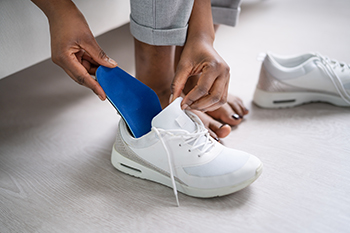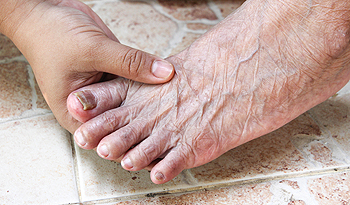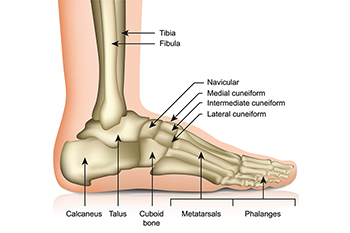
The foot is a complex structure made up of bones, muscles, tendons, and ligaments that work together to support movement, especially during running. The arch of the foot plays a vital role in absorbing shock and providing stability while running. The toes, including the big toe, help in pushing off the ground with each stride, while the metatarsals act as a base to support the foot’s weight. The heel, or calcaneus, absorbs impact during the landing phase and helps with propulsion. Tendons such as the Achilles tendon connect the calf muscles to the heel, allowing for proper foot movement and flexibility. The muscles within the foot and lower leg help maintain balance and control during running. If you have sustained a running injury, it is suggested that you consult a podiatrist who can offer effective treatment solutions, enabling you to return to running safely.
If you have any concerns about your feet, contact one of our doctors from New England Foot & Ankle . Our doctors can provide the care you need to keep you pain-free and on your feet.
Biomechanics in Podiatry
Podiatric biomechanics is a particular sector of specialty podiatry with licensed practitioners who are trained to diagnose and treat conditions affecting the foot, ankle and lower leg. Biomechanics deals with the forces that act against the body, causing an interference with the biological structures. It focuses on the movement of the ankle, the foot and the forces that interact with them.
A History of Biomechanics
- Biomechanics dates back to the BC era in Egypt where evidence of professional foot care has been recorded.
- In 1974, biomechanics gained a higher profile from the studies of Merton Root, who claimed that by changing or controlling the forces between the ankle and the foot, corrections or conditions could be implemented to gain strength and coordination in the area.
Modern technological improvements are based on past theories and therapeutic processes that provide a better understanding of podiatric concepts for biomechanics. Computers can provide accurate information about the forces and patterns of the feet and lower legs.
Understanding biomechanics of the feet can help improve and eliminate pain, stopping further stress to the foot.
If you have any questions please feel free to contact our offices located in Wakefield, MA, Nashua and Derry, NH . We offer the newest diagnostic and treatment technologies for all your foot and ankle needs.









